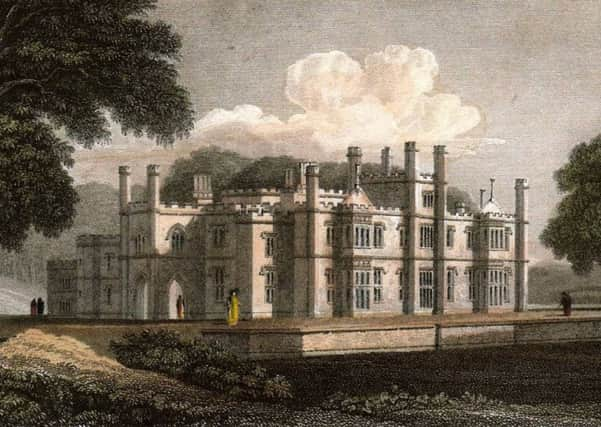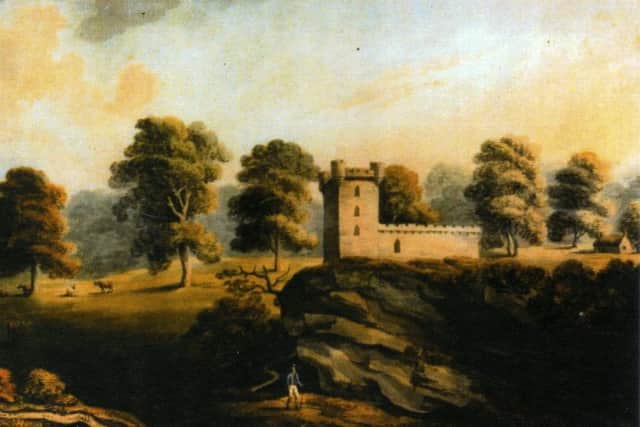Sad ruins with a tale to tell '“ until they fall to dust!


I have written about both of these places before in this column so this week I want to talk about an altogether sadder part of the story, what we might call ‘‘a tale of two ruins’’.
A few hundred yards north of the Pineapple along a fine avenue of red Wellingtonia trees stands the remains of Elphinstone Tower, the former home of the family which owned the estate for several centuries until the middle 1700s.
Advertisement
Hide AdAdvertisement
Hide AdOverlooking the River Forth towards Clackmannan and the Ochil Hills, it was built in 1504 by Sir John Elphinstone as a typical Scottish tower house to which a large extension was added at a later date.


It stood 60 feet high with four storeys topped by a crenellated parapet.
Images from as late as 1960 show it in fairly good condition with a fancy corner turret with a pepper pot roof.
It survived as a family home until 1754 when the lands were purchased by John Murray who two years later became the fourth Earl of Dunmore.
Advertisement
Hide AdAdvertisement
Hide AdHe was the man for whom the Pineapple was built and the fount of his family’s vast wealth – earned as governor of the colonies of New York and Virginia.


The Elphinstone name was dropped in favour of Dunmore and the tower house more or less abandoned.
In early 1800s the fifth earl decided to build a new mansion on the estate and the ground floor of the old tower was converted into a family mausoleum.
Around 1850 the extension was removed and the lovely little St Andrew’s Episcopal Church was built with a small graveyard to serve the estate. Today all is devastation.
Advertisement
Hide AdAdvertisement
Hide AdThe church is gone, the graveyard overgrown, the stones scattered and the tower house teetering on the brink of collapse.
The mausoleum was emptied of its deceased incumbents some years ago after a bout of vandalism and the whole site given over to the weather and Mother Nature.
Back in 1822 the family had commissioned the architect William Wilkins to design a magnificent mansion which they called Dunmore Park. It is some 500 yards to the north-west of the tower.
It was very similar to another of his creations, Dalmeny House, and remained the Dunmore family home throughout the 19th century.
Advertisement
Hide AdAdvertisement
Hide AdDuring World War I it was acquired by the Jones family of timber and iron foundry fame and from 1960 had a three year spell as a girls’ school.
Since then it has lain empty and, like its predecessor, has gradually succumbed to the weather, neglect, vandalism and the rest.
Now a roofless ruin, it has been the subject of much speculation over the years: A golf club and hotel, high quality housing, country park, etc., – but in these days of austerity developers are loath to invest the millions required no matter how beautiful the surroundings or interesting the history.
As far as the tower is concerned, it has a low level C listing but not even Historic Environment Scotland’s powers will keep this one standing.
Advertisement
Hide AdAdvertisement
Hide AdIn my declining years I am coming round to the view that we can’t save all the relics of the past and that there is a certain poignancy in seeing buildings that have served their purpose gradually reclaimed by nature.
The two Dunmore ruins are yet another reminder that like Shelley’s ‘‘Ozymandias, King of Kings’’, mighty power will one day crumble into the dust of history.